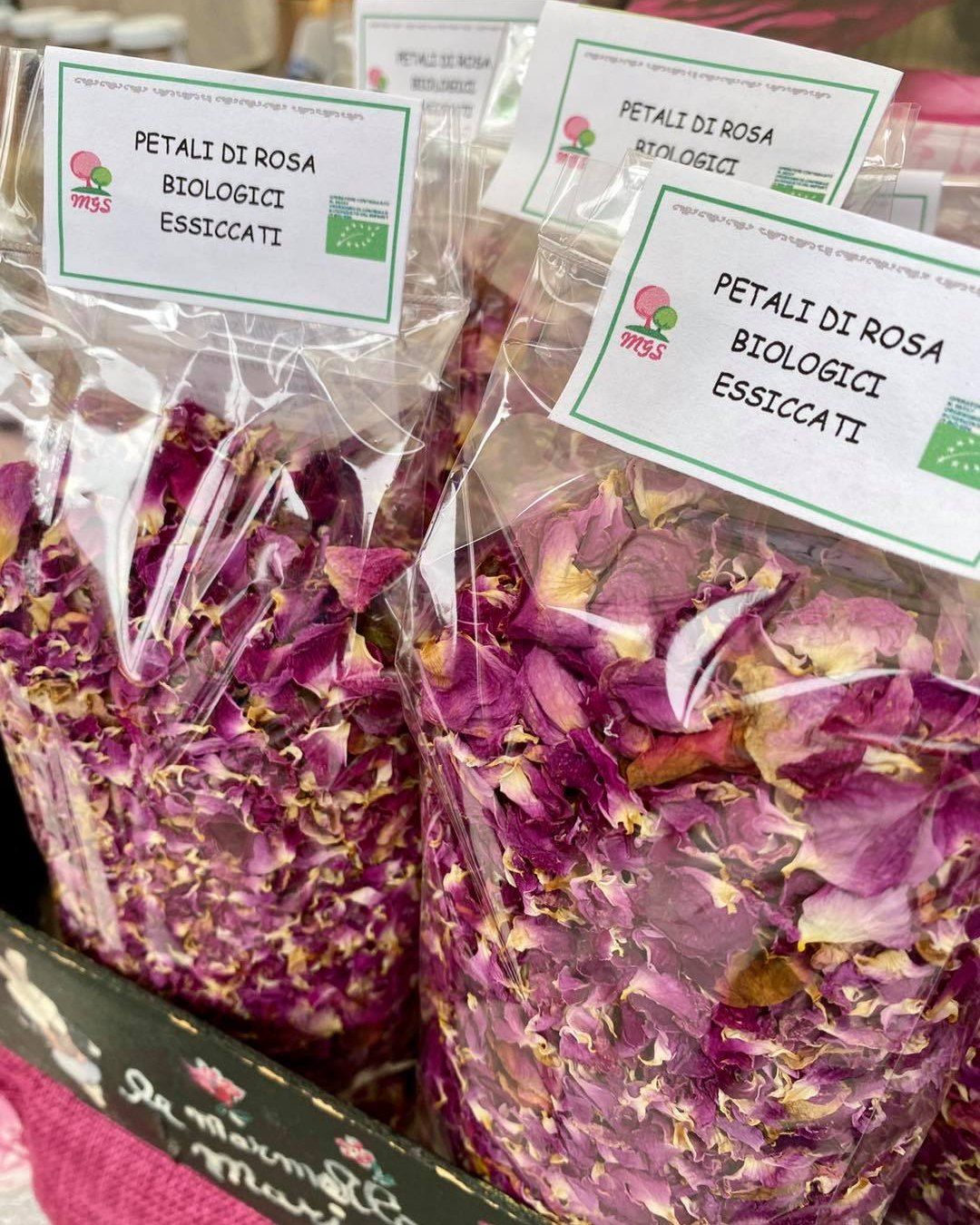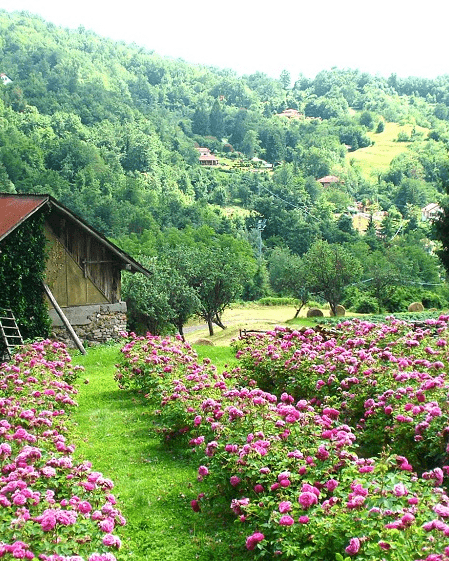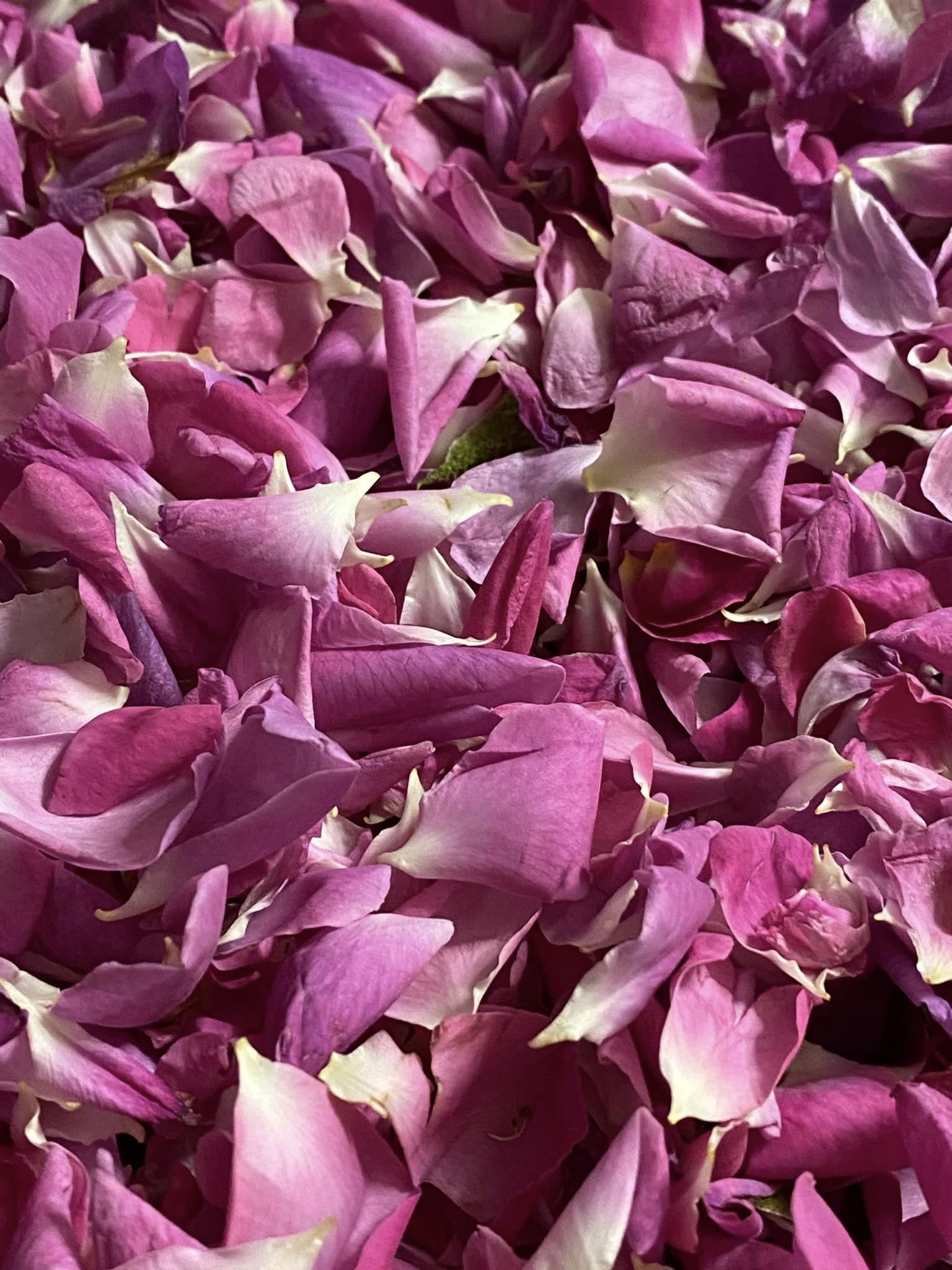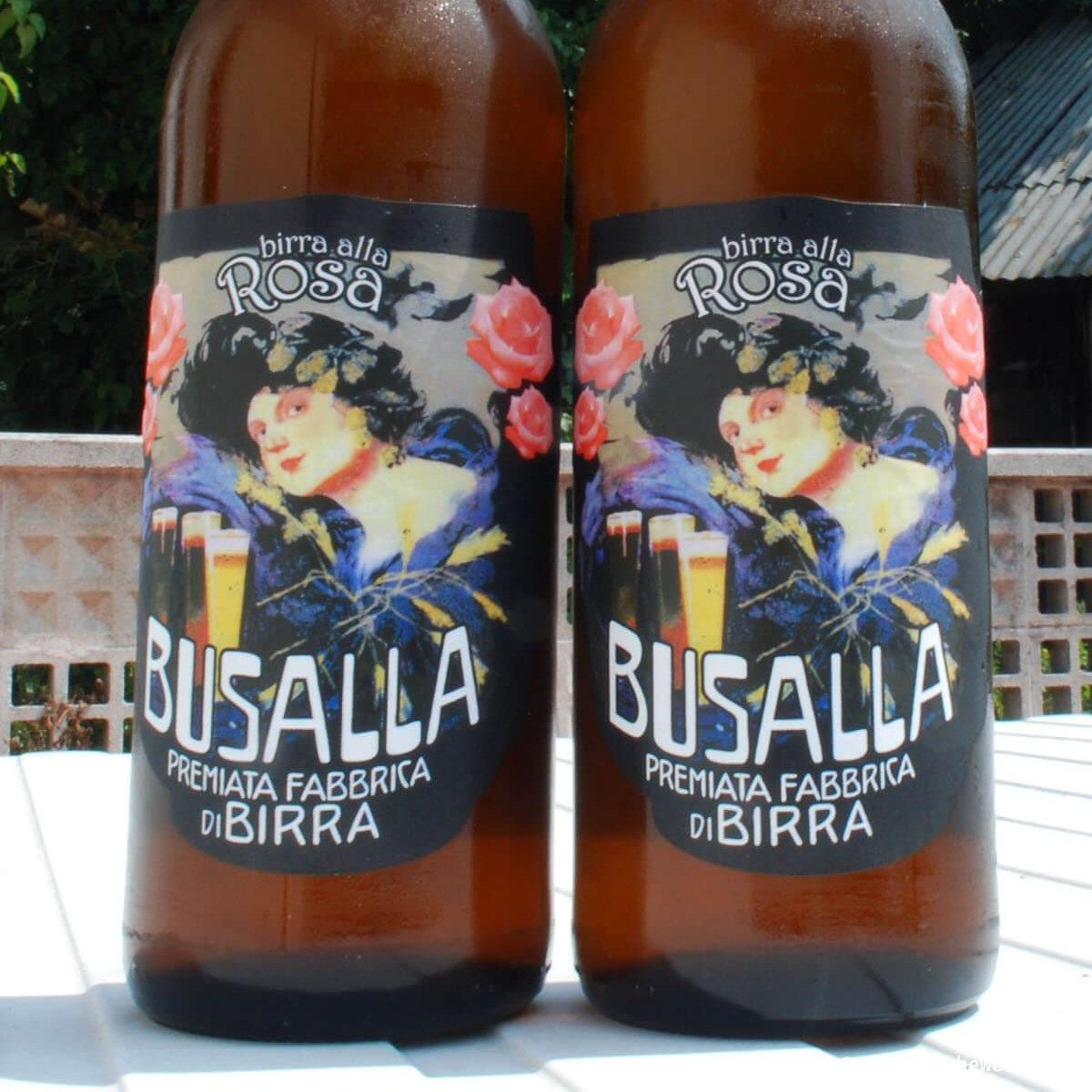Rosa della Valle Scrivia

Rosa della Valle Scrivia
The Arabs were the first to introduce it to Sicily, where infusions played a significant role in their exquisite pastries. Ancient documents reveal that rose syrup enchanted the Venetians during the 16th century, they consumed it in large quantities, facilitating its spread throughout Italy. In Genoa, the practice of infusing rose petals also emerged, though the exact timing of this tradition’s expansion remains uncertain.
Insights
Until the 1960s and 1970s, the cultivation of roses for syrup was quite common in the Valle Scrivia. Thanks to the rose's ability to take root easily, parks and villas, gardens and orchards in the valley were a blooming spectacle of seedlings and buds. Between May and June, the petals were collected and used not only for making syrups but also transformed into jams or used in other special recipes. The ancient cultivation of roses in Alta Valle Scrivia is passed down through an association that includes farms and individual producers committed to following the rules set out in a protocol for cultivating roses and producing syrup and other derivatives.
Features
Using ancient techniques, only farms located in the territories of the municipalities of Busalla, Ronco Scrivia, Vobbia, Savignone, Montoggio, Valbrevenna, Casella, Crocefieschi, Davagna, and Isola del Cantone can start cultivating "musk" roses, wrinkled roses, or "gallica" roses. In Busalla, the Rose Festival is held on the second weekend of June. The brewery in Busalla also produces Rose Beer.
How it's made
The roses are harvested from mid-May to early June when the corolla is fully open. The artisanal syrup is prepared according to the traditional Genoese recipe using natural ingredients: infusion of rose petals, acidic boiling water, and sugar. The heat is turned off, and the mixture is left to macerate for 24 hours. The liquid is filtered, the residual petal mass is pressed, and the juice is combined with sugar. It is then brought back to a boil for about ten minutes. The result is a delicately flavoured syrup that is poured into small bottles. This characteristic product is obtained only using ancient varieties of fragrant roses, almost all selected between the late 18th and 19th centuries, such as “musk” roses, “muskate” roses, “wrinkled” roses, and “chapeau de Napoléon” roses.
Experience a journey through ligurian flavours
- Recipes
- Itineraries
- Experiences







